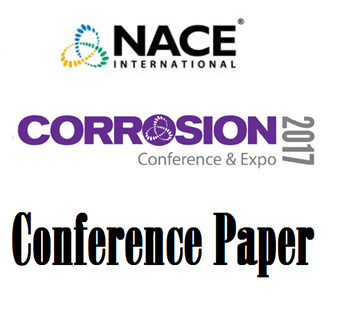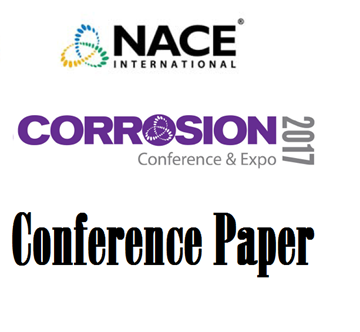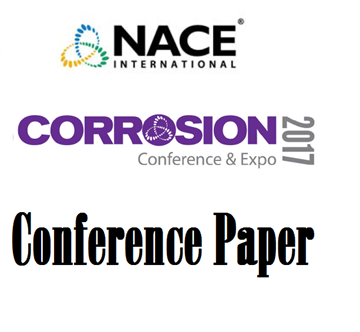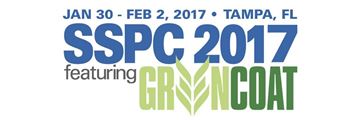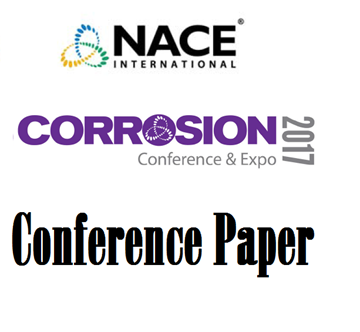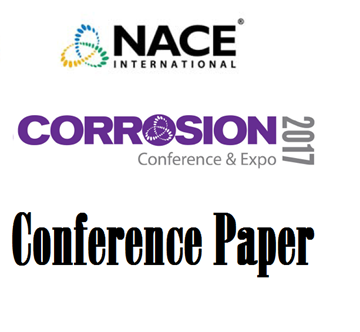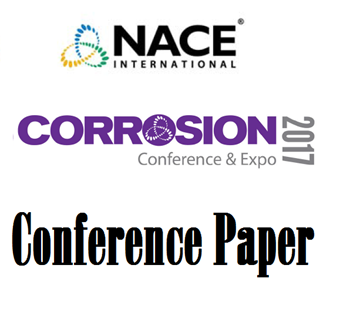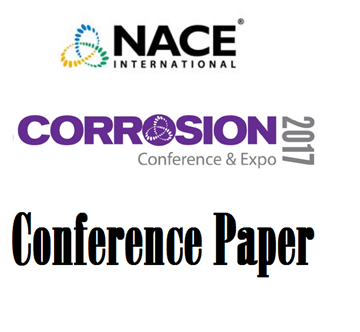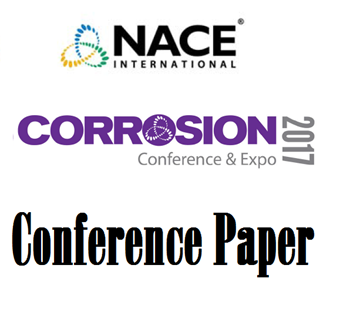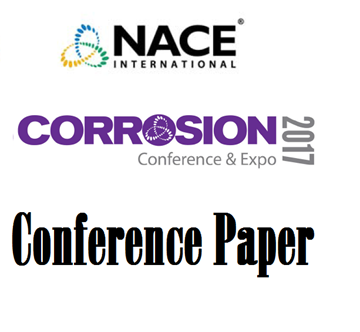Search
Products tagged with '2017 Conference Papers'
View as
Sort by
Display
per page
Study of High Strength Low Alloy Steel OCTG with High Carbon Contents for Mildly Sour Service
Product Number:
51317--9051-SG
ISBN:
9051 2017 CP
Publication Date:
2017
$20.00
Study on Effect of Buffer Capacity on Corrosion Performance of CRAs in Simulated Well Condition
Product Number:
51317--9283-SG
ISBN:
9283 2017 CP
Publication Date:
2017
$20.00
Study on the Mechanism and Influencing Factors of High Voltage Direct Current Interference
Product Number:
51317--9293-SG
ISBN:
9293 2017 CP
Publication Date:
2017
$20.00
Successful Preservation Practices for Steel Bridge Coatings
Product Number:
51217-033-SG
Publication Date:
2017
$20.00
Sulfide Stress Cracking Fracture Toughness of 125 ksi Grade in Mild Sour Service Conditions
Product Number:
51317--9112-SG
ISBN:
9112 2017 CP
Publication Date:
2017
$20.00
Surface Treatment to Improve Corrosion Resistance of Pure Titanium
Product Number:
51317--9358-SG
ISBN:
9358 2017 CP
Publication Date:
2017
$20.00
Susceptibility of Plasma Nitrided 17-4 PH to Sulphide Stress Cracking in H2S-Containing Environments
Product Number:
51317--9342-SG
ISBN:
9342 2017 CP
Publication Date:
2017
$20.00
Sustainable Biocide Formulations to Deliver Controlled Post Fracture Souring Management
Product Number:
51317--9115-SG
ISBN:
9115 2017 CP
Publication Date:
2017
$20.00
Sustainable Corrosion Management for the Electric Power Industry
Product Number:
51317--9438-SG
ISBN:
9438 2017 CP
Publication Date:
2017
$20.00
Synchrotron Based X-Ray Fluorescence Microscopy Confirms Copper in the Corrosion Products of Metals
Product Number:
51317--9017-SG
ISBN:
9017 2017 CP
Publication Date:
2017
$20.00
Tailoring Chemicals for Continuous Injection Downhole via Capillary Line and “Sensitive” Jewelry
Product Number:
51317--9108-SG
ISBN:
9108 2017 CP
Publication Date:
2017
$20.00
Test Equipment for Sour TLC Testing
Product Number:
51317--9337-SG
ISBN:
9337 2017 CP
Publication Date:
2017
$20.00

